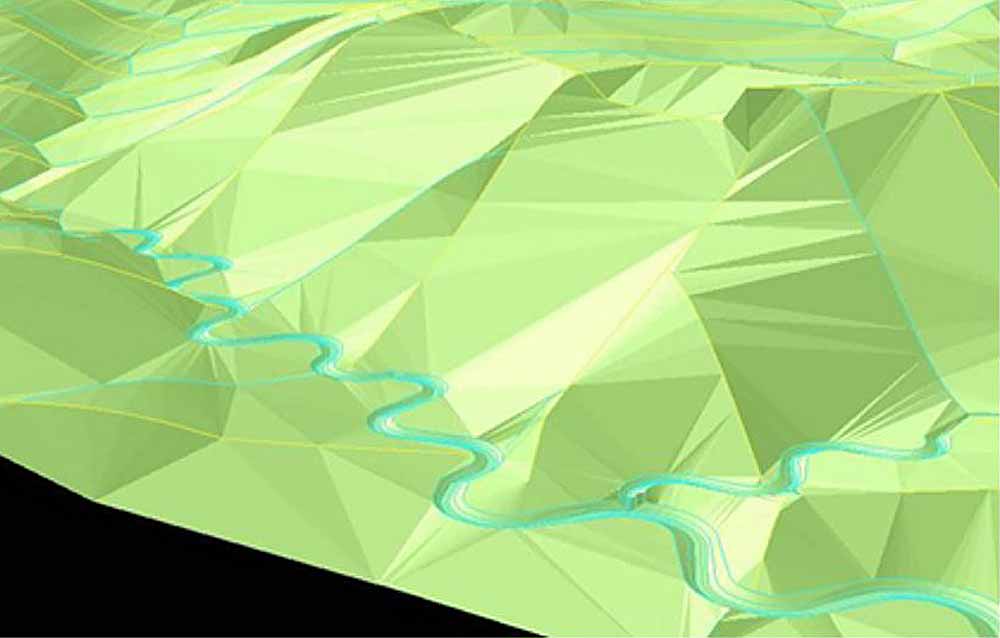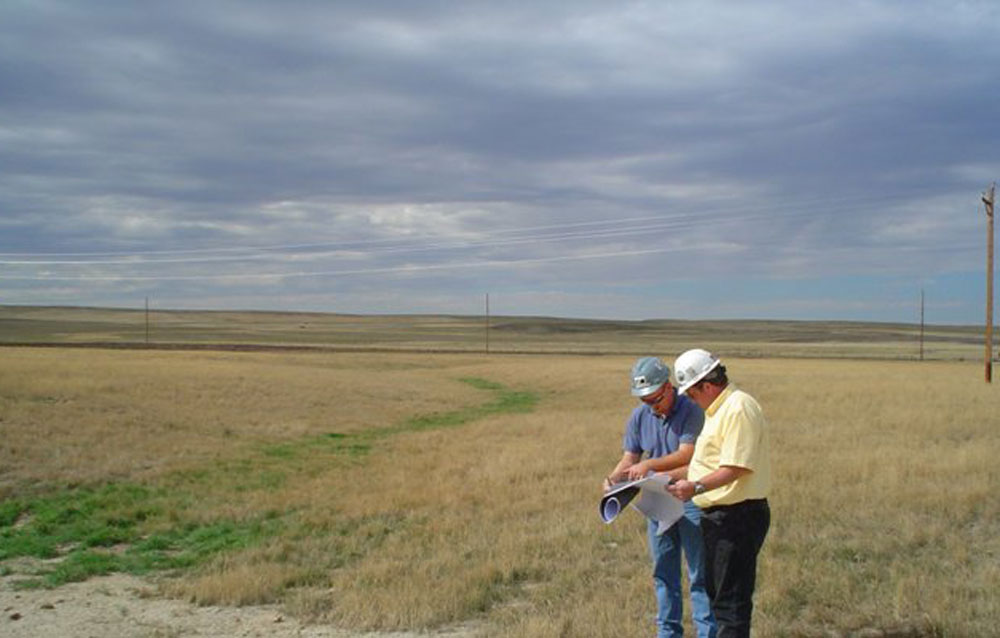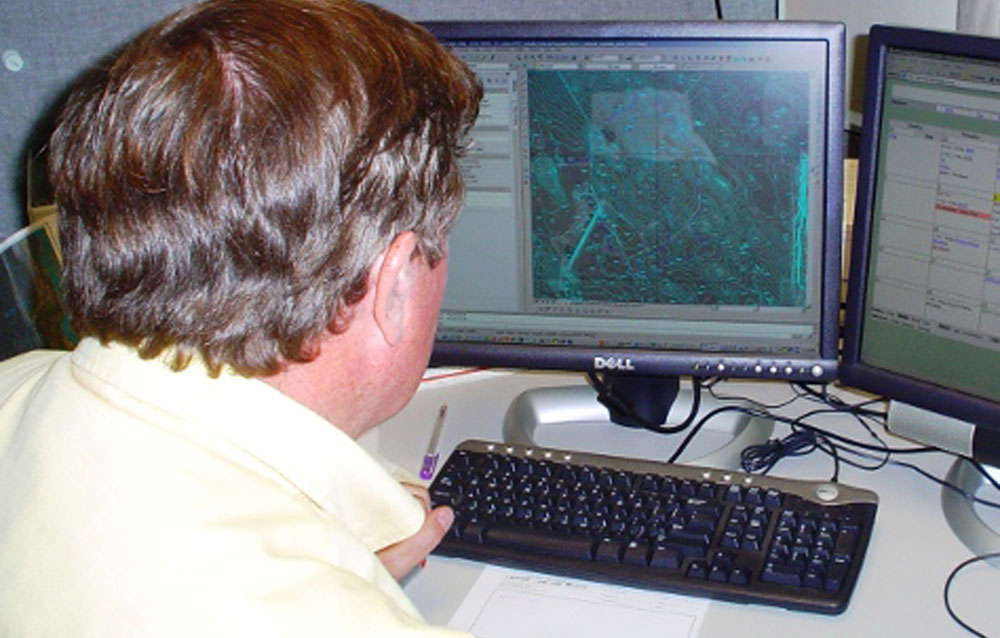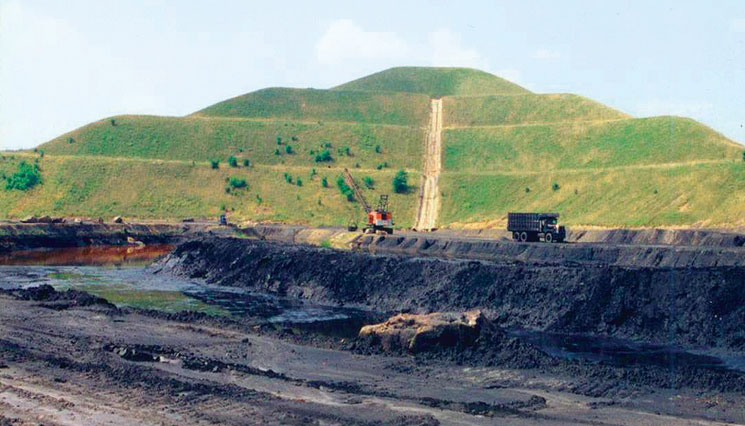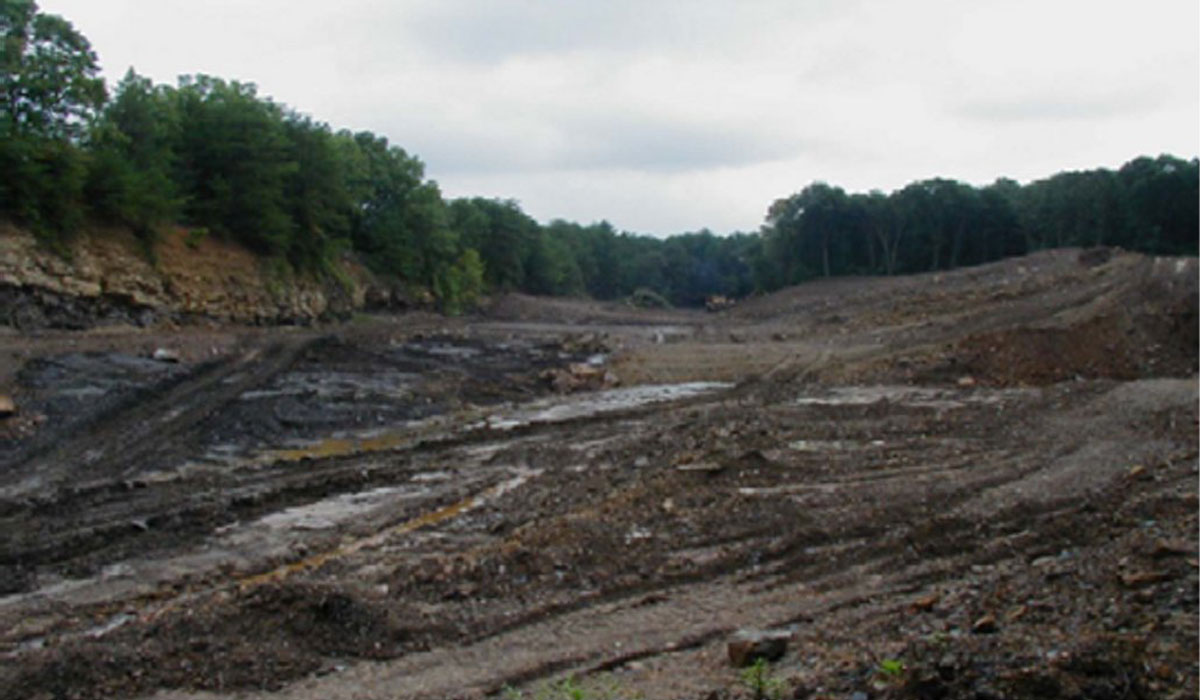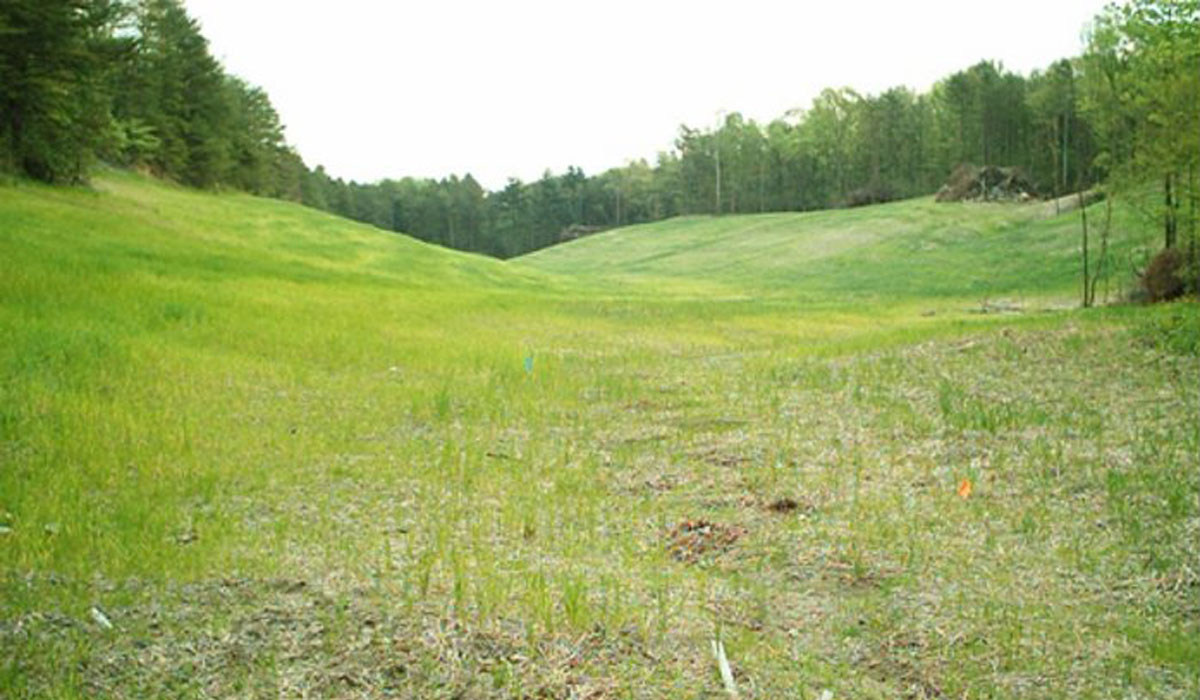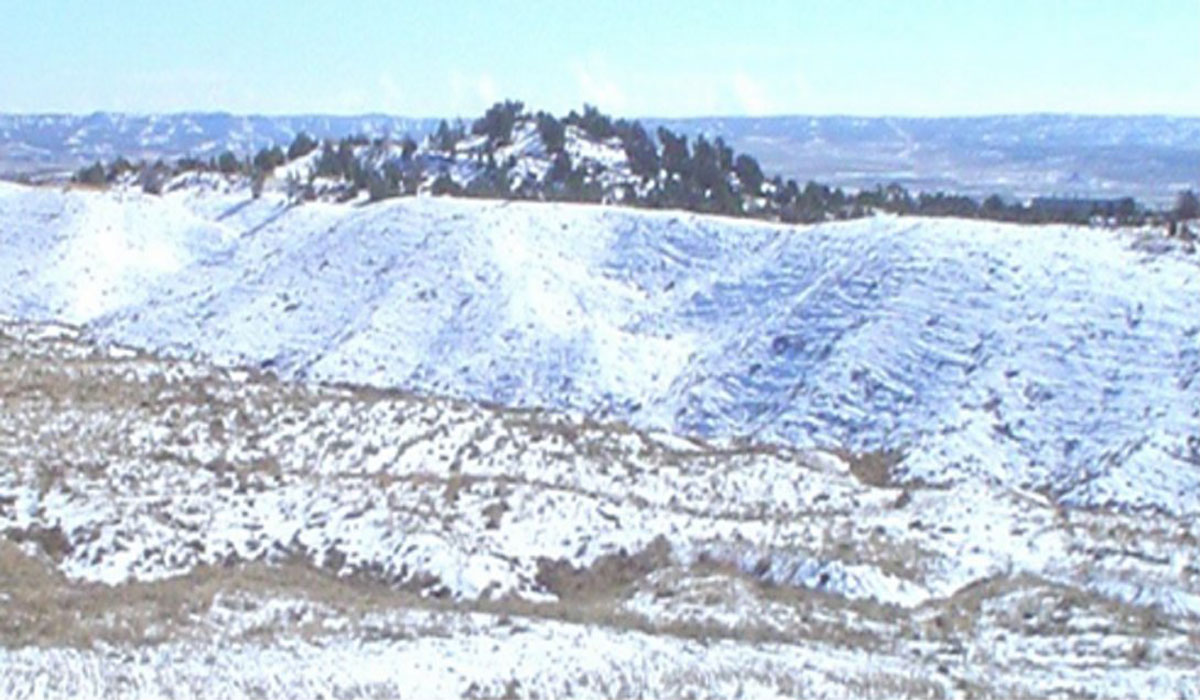This is GeoFluv™
DISCOVER A REVOLUTIONARY PROVEN APPROACH TO LANDFORM DESIGN AND LAND REHABILITATION.
The fundamental concepts of the GeoFluv™ approach to stable landform design are taken from the study of the development of landforms over time, from youthful, actively eroding landforms to mature, ‘stable’ landforms. The approach has critical input factors including measurements that integrate the effects of local variation in climate, earth materials, and vegetation that define local landform stability against erosion. By collecting empirical measurements from stable landforms in the area of interest and using these as inputs to the design, the designer can have a high degree of certainty that the GeoFluv™ landform design will perform similarly to the stable, natural landform.
The GeoFluv™ landform design method has proven to provide landform designs that are stable against erosion in what is arguably the most erosive area in North America, just east of the Grand Canyon. It has proven to compress design time, allow more cost-effective construction, and better address land use criteria than traditional methods.
Modern land development methods used in mining, construction, agriculture, etc. can drastically change landforms in the project area. Traditional reclamation grading methods often do not address all the criteria that must be met for the desired post-development land use. Water quality standards, in-stream uses, vegetation diversity and other reclamation criteria may not be satisfied by traditional reclamation grading methods. Inability to meet or mitigate for these changes caused by the proposed reclamation landform can even stop land development activity from proceeding. A new, natural approach to landform grading called GeoFluv™ offers a cost-effective alternative than can satisfy the reclamation criteria.
The GeoFluv™ design approach can offer: greater stability against erosion, greater opportunities for plant and animal diversity, lower construction and maintenance costs, and promotion of successful bond release, as compared to traditional reclamation landform design methods.
Residential Grading
Typical constant-gradient residential construction grading offers little diversity or interest.
Four Corners Mine
A GeoFluv project of 115 acres (46.5 hectare) under construction at a dragline coal mine in the Four Corners area of New Mexico (the grayer area is the spoil that is being graded, the brown is natural ground). This GeoFluv design was transferred to the ground using survey and stakes.
Restore Highwall
A GeoFluv landform was designed to replace this highwall. The design minimized backfill and saved moving several hundreds of thousands of yards of earth material while optimizing slope habitat for trees and making a “Special Wildlife Enhancement Feature.
the Traditional Approach
Why GeoFluv™?

…Natural Regrade offers a quick method to design stable, natural-acting, maintenance-free post-mining surfaces.

New Fluvial Geomorphic Approach Wins “National” and “Best of the Best” Reclamation Awards…

Coal company gets award for reclamation… because it used the best technology currently available to control erosion and sedimentation…
More Customer Testimonials and Awards
At Log Creek Church, over 70 acres of acid producing waste has been sequestered, forested…
The “Special Wildlife Enhancement Feature” included beautiful sandstone cliffs for swallow…

